Diverse STEM Superheroes Building Creative Solutions
A Wise Ink Author Feature on Erin Twamley
When the achievement gap between girls and boys in STEM grows as children age, we’re doing something wrong. The majority of people who design and engineer our world are white males. The question is: What kind of a world are they creating?
Getting diversity into STEM fields is vital. STEM author and educator Erin Twamley says, “When there’s a lack of diversity in STEM, we ignore basic problems that impact communities on a grand scale, because the people currently working in STEM don’t think those problems are important.” Erin runs programs in schools to counter stereotype threat, the effect stereotypes have on real-life outcomes. She encourages all kids to consider STEM careers. “When you have a diverse workforce, you start to put your attention and investment toward new problems instead of this drive to create newer and newer versions of the same technology.” Diversity and innovation go hand-in-hand.
In recent years, big corporations have also put some muscle (and money) behind the STEM pipeline, the path that leads kids to opt for STEM careers. But many of these programs and funds target kids in middle school and older. Research shows that kids decide whether or not STEM fields interest them as early as second grade.
As Erin puts it, “The biggest challenge is that we don’t think the STEM pipeline begins from infancy.” We are born problem-solvers and creative thinkers. From learning how to walk, talk, and do puzzles, our STEM abilities emerge before we even reach a classroom. “We’re asking fifth grade girls in particular, to pick their elective for sixth grade—if they have art, home economics, or robotics, who around them is encouraging them to pick robotics?” She believes that STEM education needs to start earlier, so that when kids think about growing up to become a doctor, actor, or singer, they can add engineer, environmental lawyer, or programmer to their list of options.
Although TV shows, advertisements, and movies tend to depict scientists as white men in lab coats, children start school with no preconceived notion of what a scientist looks like. Studies reveal that kids ages 5 and 6 draw scientists as men and women equally. We introduce them to stereotypes as early as second grade in the US, and that works in interesting ways across the globe. “I started to look at how STEM is represented in other cultures and spaces,” says Erin. “In the west, we often think about the middle east as having challenges for women, but there are more women with degrees in STEM in the middle east than in the US. The stereotype there is that women are better at math and science, but their family obligations keep them from staying in the workforce. You’ll see lots of young, awesome women in these fields, but then retaining them becomes the challenge.” What happens in STEM is unique to the cultural expectations that surround us.
To challenge those stereotypes, Erin’s work in education strives to show kids what a fun and diverse field STEM can be. Her book Everyday Superheroes profiles twenty-six diverse female scientists working across the globe. The work they do is diverse as well—while some work in a computer lab, others work in a zoo. The range of fields, ethnicities, and working spaces shows kids that there are many ways to engage in STEM that play to their interests and don’t require them to erase their backgrounds. Everyday Superheroes corrects the imbalance in representation that focuses on people like Albert Einstein, Bill Gates, or the character Doc from Back to the Future.
When Erin thinks about the lasting impact of her writing, she thinks about a fellow mom who connected with her on Facebook. After her daughter finished reading about tribal attorney and climate activist Tara Houska, J.D., she said she wanted to be an environmental lawyer because, “Momma, then I can yell on behalf of the trees.”
Recently, Erin’s been interested in problems with developing solutions. Her forthcoming book is called Capturing Cow Farts and Burps (Summer 2020). When it comes to climate change, we can all recycle and turn off the lights, but Erin says, “I wanted to focus on actual innovations that address climate change. This book is all about the who and the how of technology being used to capture and burn methane to generate electricity. Are farmers working with scientists, and if so, how are they doing that? It’s all about methane emissions which come from animals that eat plants, since methane is a byproduct. We can burn that methane and turn it into electricity.” Now, a company called Zelp is in the process of turning cow burps into CO2 and water, which would drastically reduce methane emissions from livestock.
Erin focuses on invention as part of the creative process. She wants kids to see that out-of-the-box solutions can change the world. There are many ways to be a hero, as long as you know that it’s possible.
Erin running one of her STEM programs in the classroom.



